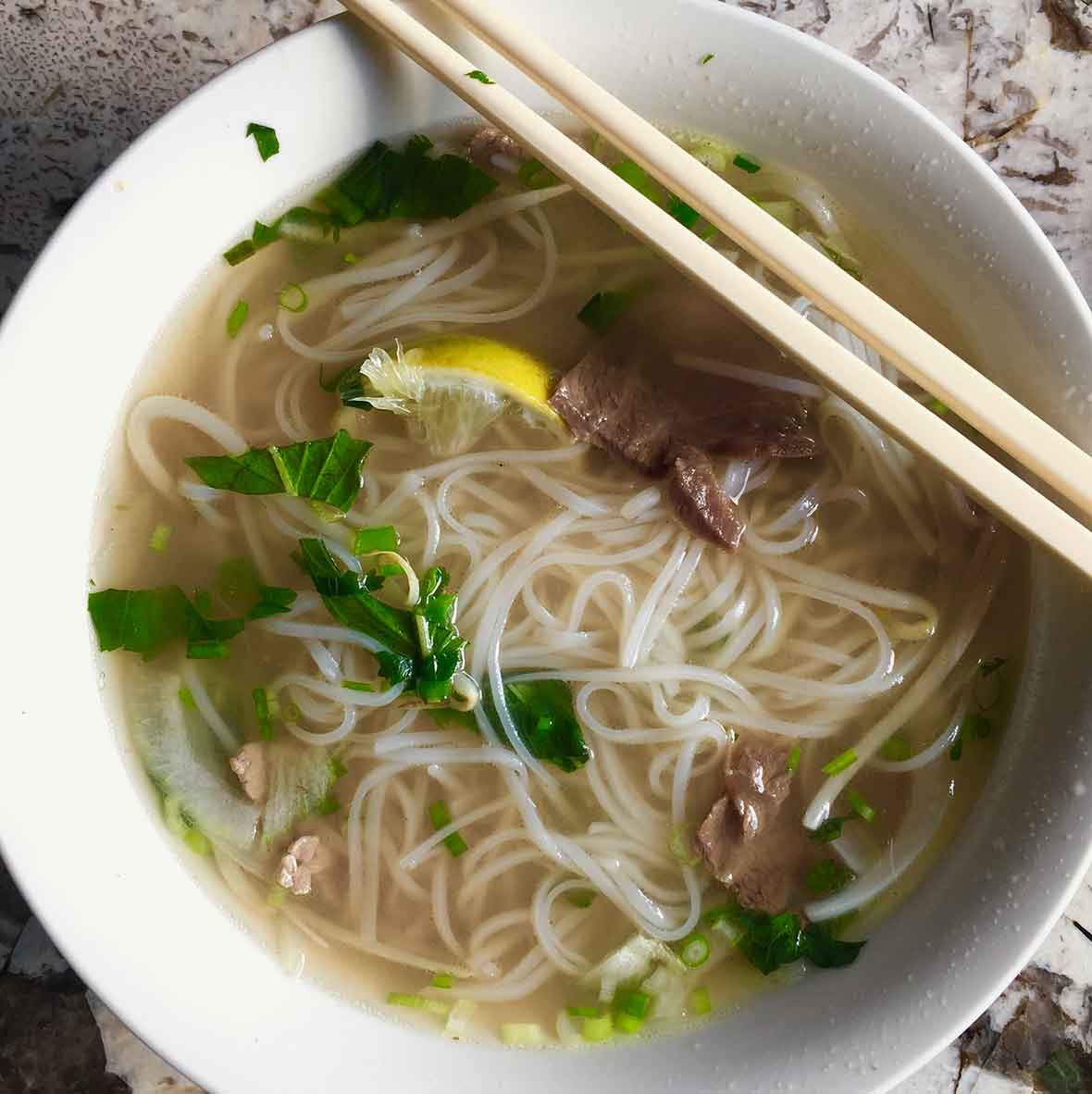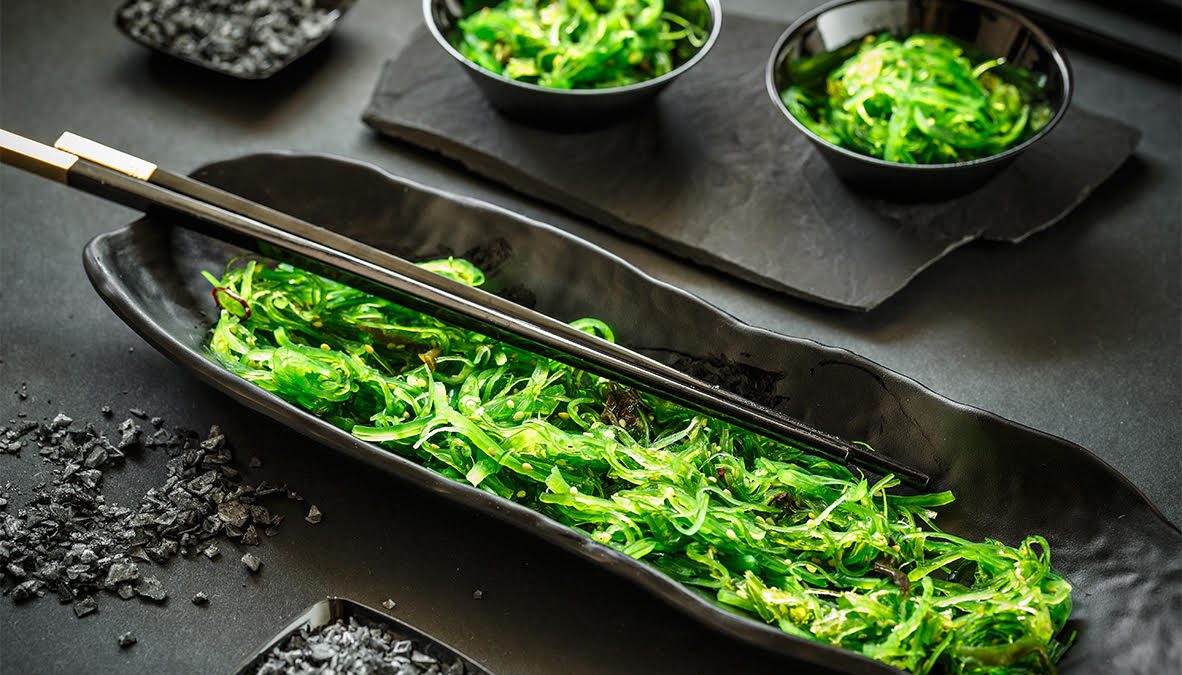
Winter Asian Dishes to Keep You Warm and Cozy
December 4, 2019
What is Chinese New Year and How You Can Celebrate
February 17, 2020It’s a slimy plant that grows in the ocean, yet many find it delicious. While seaweed sounds gross, it’s not much different than spinach or kale.
About Seaweed
Seaweed is used in many Asian dishes and consumed by numerous countries around the world. In fact, the Japanese use seven different types of seaweed alone.
There are three major categories of this gelatinous marine vegetable: red, green, and brown. Red is often used to make sushi rolls. Brown is usually used in broth form and found in the popular miso soup, vegetarian dishes, seaweed salads, and kombucha. Green seaweed comes in various forms but is often served fresh, deep-fried, steamed, or dried into powder to make jellies or puddings. From dehydrated sheets of seaweed to chopped pieces in soup, it makes for an interesting additive to our foods.
A Sea Vegetable
It is considered a vegetable (but is technically an alga) and known for its anti-inflammatory, anticoagulant, antithrombotic, and antiviral properties.
Most marine seaweed is edible; however, freshwater “seaweed” (commonly called algae) is toxic. Some edible seaweed can cause gastrointestinal issues, like irritation, or act as a laxative if eaten too much. It may have a briny, salty taste, and even a faint leafy taste, with textures that range from rubbery to crispy. It is high in glutamic acid which makes it the most notable flavoring agent in monosodium glutamate (MSG).
Nutritional Value
This superfood is low in calories but high in nutrition. Seaweed contains a high amount of fiber and iodine. It is rich in calcium, and magnesium, and contains good sources of various antioxidants and vitamins.
While it’s not good to eat in high amounts, a little bit can go a long way for the nutritional benefits. Try any of the sushi wrapped in seaweed we have on the menu or any of the dishes (pho, seaweed salad, and others) that contain seaweed.





